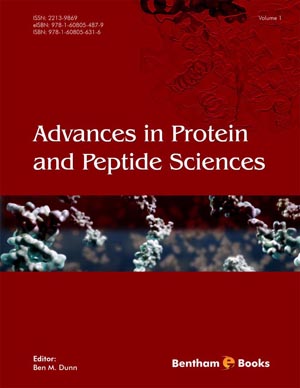Abstract
α1-Acid Glycoprotein (AGP) is a glycoprotein which increases in concentration in the plasma two to five folds in humans (but also ten to twenty folds in some animals) as a consequence of the systemic response to the inflammation, the so called acute phase reaction. The protein exposes on its surface five N-linked glycans, which exhibit a high degree of subtle structural variations resulting in the expression in blood of several isoforms which have identical amino acid sequence, but different glycosylation patterns. The relative occurrence of these glycoforms are strictly dependent on the pathophysiological status, that is determined by cytokines and hormones produced during inflammation.
Both cytokines and hormones induce changes in the post-translational modification of the protein, and these modifications are independent on the rate of synthesis of the AGP. This review will be subdivided in two parts. The first part will describe the structure of AGP (amino acid sequence and glycan pattern) and the several biological functions identified so far for this protein. The second part will be devoted to the posttranslational modifications of the glycan pattern of AGP due to pathological states, since one of the most interesting features of AGP is that its oligosaccharides microheterogeneity is profoundly affected by pathologic conditions and different glycoforms can appear in plasma during systemic inflammation or diseases.
The impact of different AGP glycoforms on both its transport and anti-inflammatory features and how the modifications of the glycan pattern can be utilized in clinical biochemistry will also be discussed.
Keywords: Glycosylation, sialic acid, innate immunity, post-translational modification, alpha 1 acid glycoprotein, acute phase reaction, inflammation, apoptosis, proteins, carbohydrates, chemotaxis.






















